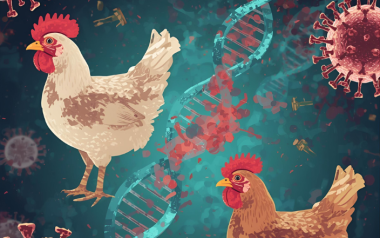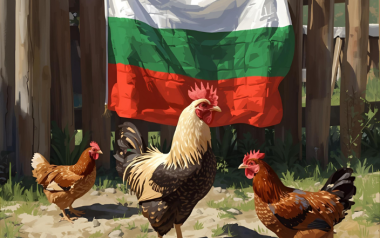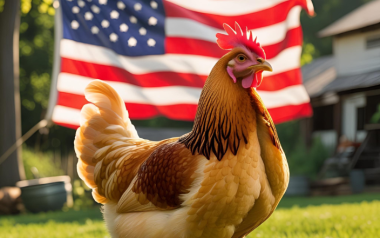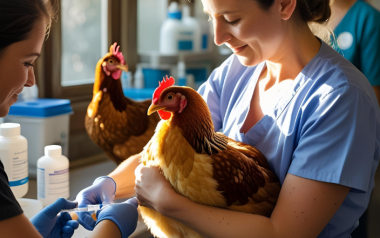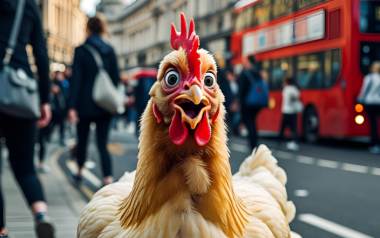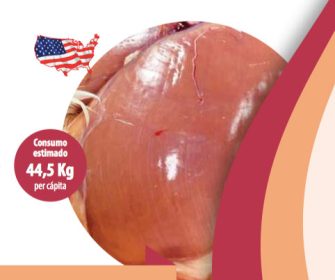
04 Apr 2022
Obesity in modern broilers and wooden breast. What is the relationship?
Obesity in modern broilers is a critical condition that deserves further attention and research studies. In the United States, consumers...
Available in other languages:
Content available at:
Español (Spanish)
Obesity in modern broilers is a critical condition that deserves further attention and research studies.
In the United States, consumers widely prefer chicken meat, and it is the main protein consumed.
In 2021, the National Chicken Council estimated that the average consumption per capita would reach approximately 44.5 kg, one of the highest in the world.

An essential part of this consumption consists of boneless chicken breast meat. Due to this demand, breeders have selected broiler genetic lines with rapid growth and higher breast yield, among other genetic traits related to production performance, health status, and animal welfare.
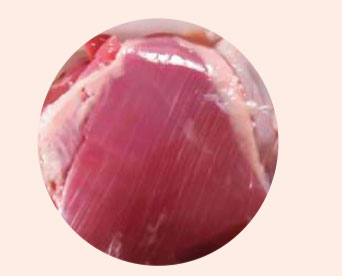
Photo 1. White striations (grade 2) in turkey pectoral muscle. Photo: S. Russell
Continue after advertising.
According to reports from 1957 to 2005, the broilers’ bodyweight has quadrupled, and the breast meat yield (pectoralis major muscle) has increased by approximately 80%.
- Over the last decade, along with improvements in growth, feed conversion, and carcass yield (including breast yield), broiler producers have extended growth periods to increase bird size and meat yield in carcasses from flocks raised to produce boneless meat.
- In addition, the increase in the size of the birds allows more kilograms of meat to be processed per person hour, thus reducing costs and improving the efficiency of the process.
Currently, the average live body weight of broilers in the US is about 2.8 kg, but nearly 60% of the US market, which has doubled in size in the last 20 years, is made up of broilers between 2.7 and 4.5+ kg (depending on the number of birds produced)
Although there is some demand for smaller and slower-growing birds, the large bird segment is likely to remain a significant proportion of broiler production in the future.
Boneless breast meat is a popular meat option in the United States and several Western European countries because it is a lean, high-quality, versatile product and therefore considered a premium product.
To meet demand, chicken processors have adopted the use of high-yielding broiler genetic lines to meet the needs of the boneless meat market. Unfortunately, this trend has
TO CONTINUE READING REGISTER IT IS COMPLETELY FREE
Access to articles in PDF
Keep up to date with our newsletters
Receive the magazine for free in digital version
REGISTRATION
ACCESS
YOUR ACCOUNT
LOGIN
Lost your password?







